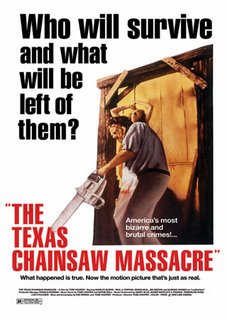Reviews: The Gang's All Here

In The Gangs all Here (The Girls he Left Behind in the British release) James Ellison plays Andy Mason, a cavorting soldier on leave. On his last night off he assumes the name “Casey” and picks up showgirl Edie Allen (played by Alice Fay) for a night on the town, by the end of the night Edie has fallen for him, and he her. Unfortunately, he is engaged to a childhood friend against his will. After returning home with a load of medals, he is treated to a show of Edie’s troop, what will happen? Will she find out? How will the ladies react once they realize that they’re in love with the same man?
None of that matters. This is a Busby Berkley movie, and the plot is merely a bumper between the dance numbers. I’m a fan of Berkley’s early Warner musicals (in fact, Golddiggers of 1933 is my favorite musical ever made) but they had something this movie doesn’t, a plot as good as the song and dance. Of course, in those movies he only directed the dance sequences, while people like Frank Lloyd and Mervyn LeRoy took on everything else. Perhaps that was for the best, for Berkley’s direction seems bored with the other scenes and anxious for the songs.
Backstage musicals have always been Berkley’s priority, understandably so. With backstage musicals he doesn’t have to fit the choreography into the story, he’s free to film any wild idea that pops into his head. After all, it’s hard to imagine something like “shadow waltz” fitting seamlessly into a movie musical.
When the numbers do come however, it’s classic Berkley, with geometrical patterns, almost surreal set pieces and a lustful eye. The camera lingers longingly on a nude statue, there are numerous close-up on chorus girl’s legs, and, while I don’t usually subscribe to Freudian analysis, the banana as phallic symbol presumption is hard to ignore. While Technicolor seems to have added a thin layer of camp to the affair, “The Lady with the Tutti-Frutti hat” deserves a place with “42nd Street” and “Remember my Forgotten Man” in the musical number pantheon. However the showstopper is an inexplicable, embarrassingly kitschy ode to polka-dots. The Benny Goodman Orchestra also makes an appearance as, well, the Benny Goodman Orchestra, and they do very well, of course.
Other then the music, there is one good scene where Carmen Miranda’s character gets into a innuendo filled conversation/fight with Charlotte Greenwood and Edward Everett Horton’s married characters. And that’s about it. Perhaps Berkley doesn’t have the eye for directing anything other then dance, maybe this isn’t one of his better movies. Whatever the case, it isn’t really good (except for some parts) and it isn’t really bad. If you love this type of musical you may like it, but for most of us, all we need is “The Lady with the Tutti-Frutti hat.”
